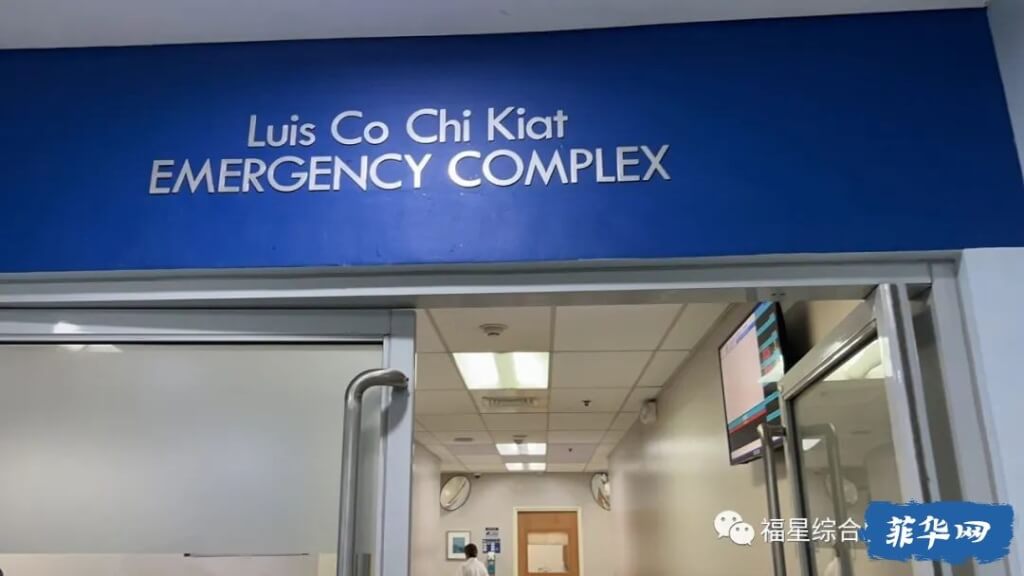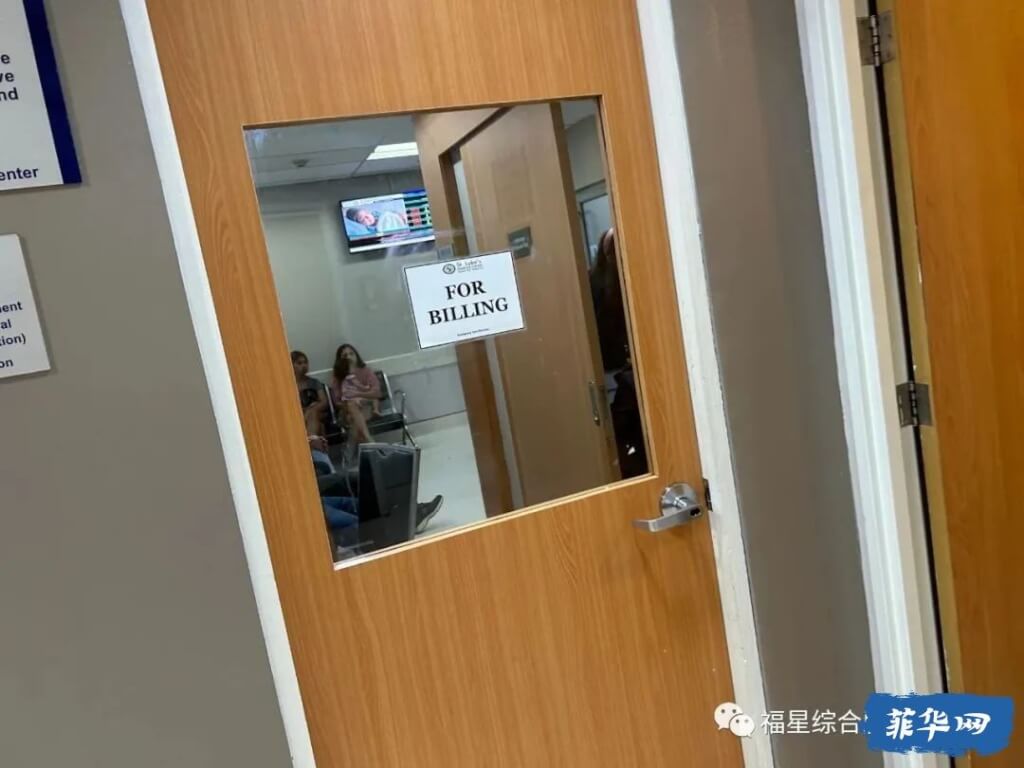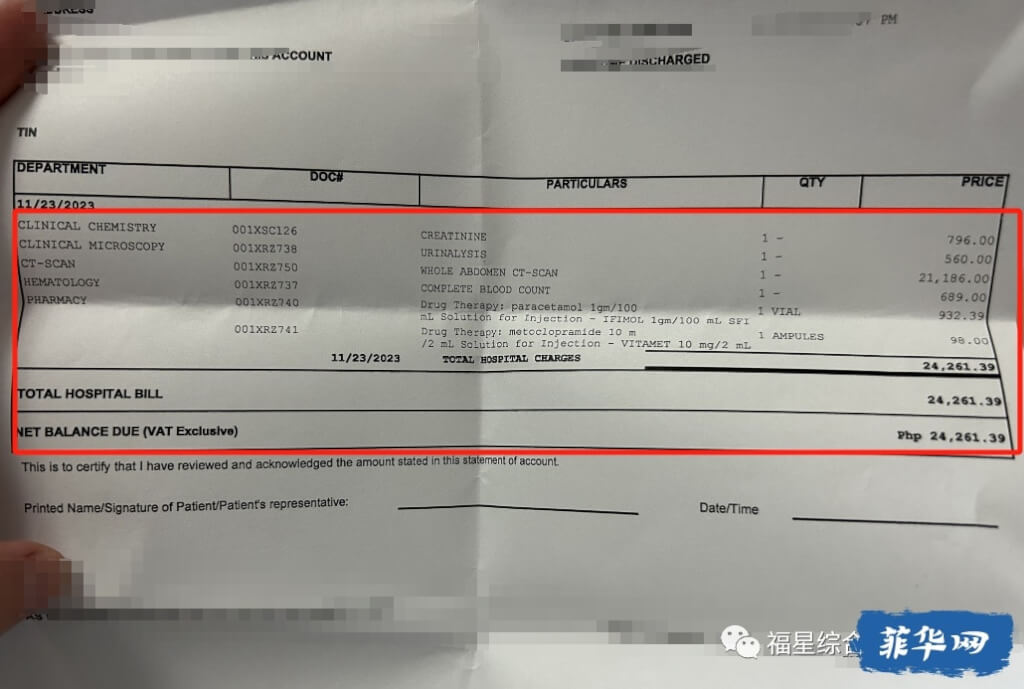Many friends who have just come to the local area for tourism, study abroad, or work find it troublesome to see a doctor in the Philippines. Based on the living environment in the Philippines, they intuitively feel that the medical facilities in the Philippines are not good, the doctors are not skilled, the costs are high, it is difficult to see a doctor, and it is difficult to make an appointment.
The reasons are roughly divided into the following reasons:
1. Comparison between the two countries (China and the Philippines), from the perspective of infrastructure-economy-living conditions
2. Habitual dependence, habituation and familiarity with the medical treatment process in China. From clinics to hospitals, everything is different from the Philippines. In comparison, the Philippines is also relatively unfamiliar, resulting in the impression that the process is cumbersome, not humane enough, and inefficient.
3. Language barrier
4. The cost of medical treatment in the Philippines is high
But this is not all true, and some situations are different from what everyone thinks.
There are two types of hospitals in the Philippines, public and private.
Compared with doctor technology, medical environment, and medical equipment, private hospitals are better than public hospitals. Of course, the price is also higher. Great price, great service. At the same time, the Philippines' tourism medical care is also famous in the world.
For example, St. Luke's, their equipment is very advanced. Even for a small IV, the equipment will automatically remind you.
OK, let’s get to the topic, so how do you treat a doctor in the emergency department? How to communicate with the doctor? What about payment?
Emergency guide
XNUMX. Emergency treatment process
1. Go directly to the hospital emergency department without having to consider making an appointment first and wasting time.

Be optimistic about the meaning of these big letters Emergency
2. The emergency department of a good hospital will be equipped with Chinese doctors for consultation. If you really don't know English, you can use the mobile phone APP to translate and ask someone who knows Chinese to come. Then the doctor or nurse will take you to the consulting room and arrange a temporary bed for you.
3.Then the doctor will ask you relevant questions such as:
What are the symptoms now? Where? When did it happen? When was the last time you ate and drank water? Medical history? Have you ever had surgery? What drugs are you allergic to? What is your height and weight? Describe the pain level of the symptoms on a scale of 1-10. What is the number?
4. Depending on your condition, the doctor will consider whether to give you an injection, bandage or arrange an examination, and then someone will give you an injection, bandage, or push you in a wheelchair for the examination. Some of the examination equipment in good hospitals are in Chinese, such as the CT detection equipment at St. Luke's.
5. After the examination, just sit in the wheelchair in the queue area at the entrance of the examination room and wait. Someone will come to push you back to the ER (Emergency Room) and wait for the next step. (If you are in good health, wait for the doctor to notify you and whether you need to stay for observation. If there is no problem, you can pay and leave the hospital. The relevant staff will take you to the payment office)
Note: If you are anxious about waiting and don’t know what to do next, or when you can take the next step, you can go to the consultation desk of the ER (emergency room) for consultation, because all processes are coordinated by the consultation desk and arranged notify.

6. Wait for the report results. The emergency reports of good private hospitals are very fast. If it is quick, it can be done in an hour. Specifically, it depends on what examinations and whether there are many people in the queue.
7. After the report is out, the doctor will tell you your current physical condition and whether you need surgery, etc. If you need surgery or hospitalization, please read on.
8. For surgery and hospitalization, etc., the doctor must arrange the surgery time and hospitalization for the patient. If the arrangement is made that night and the patient agrees, then the patient cannot leave the bed and hospital at will. At the same time, family members or individuals need to make an initial deposit (fee deposit), which is only a small part of the operation and does not need to pay the full amount. When the initial deposit is almost deducted, the hospital will notify the patient again to make payment. So if you don’t have enough money upfront, you don’t have to worry about surgery.

Payment Office/Fees Assessment Office
9. You may need to undergo various tests while waiting for surgery/treatment. Just cooperate with the tests. At the same time, the hospital will let the patient choose a ward, whether it is a single ward or a multi-person ward, etc., and the price is different. During this period, wait for the doctor's arrangement notice. The doctor/consultation desk will tell you the specific surgery time and when the ward can be cleaned or whether there is a ward, etc.
The above is the emergency procedure. The process is not complicated.
XNUMX. Cost introduction
-Inspection item price list
If you want to know how much you have spent so far, you can ask the nurse to give you a price list, which will list the current expenses.

price list
-Cost assessment
If you want to predict the cost of a certain examination, surgery, etc., you can go to the For Billing office, and the staff can give you an approximate price or price range.
-Advance payment
Before the operation, you need to pay an initial deposit, which is only a small part of the treatment cost, so if you don’t have enough money to pay the full price, you don’t have to worry. As the treatment progresses, the hospital will arrange for someone to remind you to pay when the money is about to be deducted.
XNUMX. Surgical hospitalization and ward arrangements
Before surgery, you will generally enter the ward. When confirming hospitalization, the hospital will confirm with the patient which ward you want to stay in, and which wards the hospital currently has for you to choose from.
Just wait in the ward for the hospital's arrangements, then change into surgical clothes, and then wait for the operation. When you are in the ward, you can confirm with the designated nurse assigned by the hospital how long the operation will take, whether you need to be observed in the observation room after the operation, and how long the observation will be.
The above is the process and introduction to emergency medical treatment in the Philippines!
Lucky Star Words:
For Billing Payment Office
Initial deposit
Physical(Health) Examination Physical examination
Emergency Department Emergency Department
Patient Room ward
OR (Operating room) operating room
ER (Emergency Room) emergency room
To learn more, please search: Philippines Hospital Medical Treatment Guide








